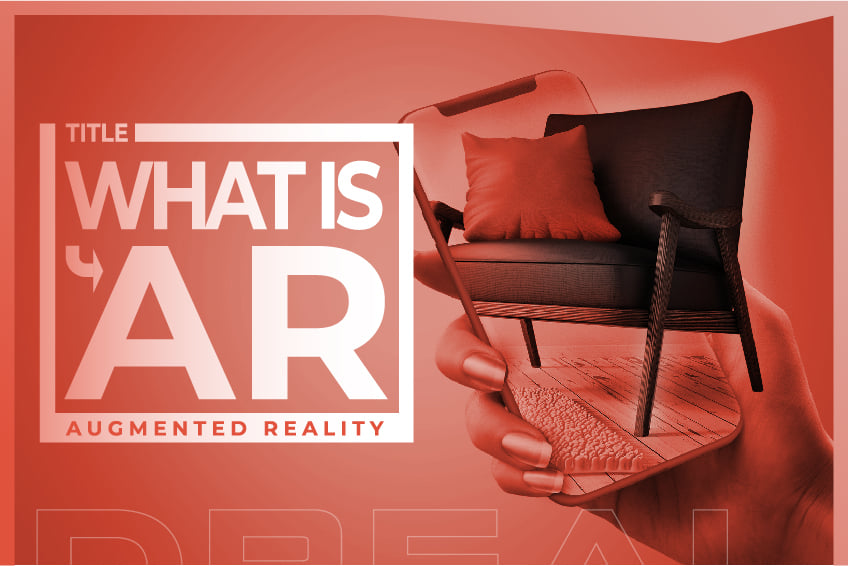
Are you catching up with technology? Let’s find out together!
Have you tried playing Pokémon GO? Tried catching a Pokémon? That’s AR Augmented Reality. It is a technology that gives an experience of a real-world interactive environment. It began in the year 1968 by Sutherland, the prototype is a head-mounted display system. As AR matures, a number of apps continue growing and changing the way we shop, play and work. Many companies are trying to incorporate AR technology into their own production and sales processes, so investing in or acquiring AR companies makes this technology an important part of the economy in the future.
How does it work?
For AR, it is a view of the real-world environment with superimposed computer-generated images, animations, videos or 3D models. This materialized the perception of reality. There are three key components of the AR-based system:
Hardware
The main AR-based devices are the processor, display, input devices and sensors. The display could be like a monitor, eyeglass or a smartphone. Sensors are gyroscope or accelerometer. These days a smartphone
consists of all the hardware’s condition.
Software
An app is the most common software. It has the key role of integrating realistic augmentations with the real world. The software works like an intermediary to superimposed reality and virtual.
Remote Server
The remote server functions like our “brain”. It is a web or cloud server for receiving and storing database or virtual images, it then sends virtual data to the application. At present, there are three methods we use to implement AR technology:
SLAM (Simultaneously Localization and Mapping)
According to the environment which the sensor is located, the sensor is positioned and the environmental structure is drawn at the same time. This technology also plays a central role in the fields of unmanned vehicles, drones and robots.
Marker-based
It is also known as recognition-based augmented reality. Using a smartphone with a Marker-based AR application to scan barcode, QR-code or a symbol through the camera, the software recognises it and superimposes a digital image on the screen.
Location-based
It is dependent on GPS to provide location data and activates AR visualization based on these data.
Summary
From the above, we can see that AR technology can be expanded rapidly due to popularity of smartphones, and it can be used either by location service, camera or a combination of both. By anticipating the potential of
AR in the future, we are launching Dreal – Turning your imagination into reality! Please look forward and follow us.